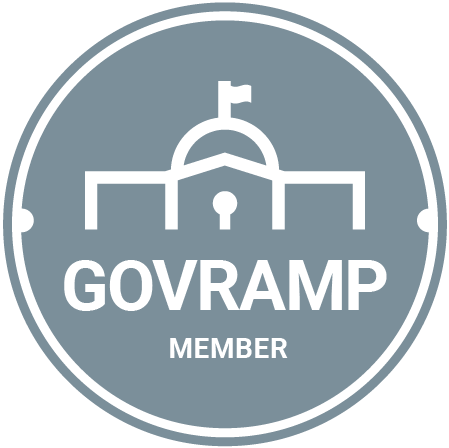When a Chief Information Officer of a major state agency sits down with a former state CIO and current government advisor to talk about government operations, start taking notes: advice will be given, lessons will be revealed, and a hearty dose of inspiration will be shared. Such was the case when Stephenson Loveson, CIO at California Public Employees’ Retirement System (CalPERS) and Morgan Reed, Executive Government Advisor at Amazon Web Services (AWS) and former CIO for the State of Strategic Arizona Enterprise Technology got together with Authorium to discuss how they approach modernizing government operations and what other state agencies can learn from their experiences.
Check out two key takeaways from the conversation, and watch the recorded webinar for more insights.
Work Backwards from a Problem to Plan for Success
Government agencies take on modernization efforts to address pain points. If everything was frictionless, there would be no reason to change. Whether a department seeks to efficiently address internal struggles or constituent pain points, the winning formula requires meeting people where they are technologically.
“AWS teaches us to work backwards from [a] problem,” says Morgan Reed. Asking constituent-focused questions like, Is it easier for constituents to use? and Will it make our communities safer?, can help agencies stay aligned with their mission statements as they make changes.
Success isn’t measured by the complexity of the system, but by how effectively it improves lives, streamlines services, and builds trust with the public.
Seek Solutions Built for the Public Sector
In the past, tackling big challenges often involved custom-built solutions that took years to develop, cost millions, and still fell short due to the significant resources needed just to launch and maintain them. Just because a technology is built for Fortune 500 companies doesn’t mean that it’s equipped to handle the day-to-day needs of departmental staff.
Government agencies require solutions that are secure, reliable, and scalable, yet most private sector tools aren’t built to address public sector challenges. As a result, government teams are often forced to adapt their workflows to systems designed for other industries, often leading to unmet expectations.
“…invest in platforms that are configurable, not customizable, because it’s not just about the cost of delivering the service on day one, it’s [about] maintaining the service day two and beyond,” continued Reed.
Instead of reinventing the wheel, Stephenson Loveson and Morgan Reed encourage public sector teams to:
- Network with peers across the U.S. to share what works and what doesn’t
- Think broadly when approaching problems
- Collaborate with vendors, both current and future, to shape a long-term, strategic roadmap
“Modernization is not a point in time, it’s an evolution,” says Loveson. It’s about taking the first step to make improvements and learning and growing from those experiences.
Keep learning; watch the webinar, Increasing Effectiveness through Government Modernization.



